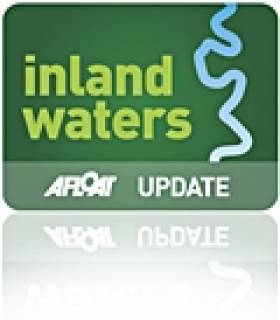Displaying items by tag: Lesser Spotted Ulster
New Visitor's Guide to Historic Lagan Canal
Lesser Spotted Ulster's Joe Mahon was on hand to launch the first comprehensive free visitor's guide to the inland waterway's Lagan Canal recently, the Ulster Star reports.
The new guide provides information on the canal's storied history and its abundance of wildlife from Belfast to Lough Neagh.
Lagan Canal Restoration Trust manager Cathy Burns said: “For the first time this guide offers visitors details of all there is to see and do along the canal.
"We hope that it encourages many more visitors and local people to take the opportunity to get out and experience the hidden gem that is the Lagan Canal."
A Guide to the Lagan Canal, Past, Present and Future is available to download online at lagancanaltrust.org.
























































